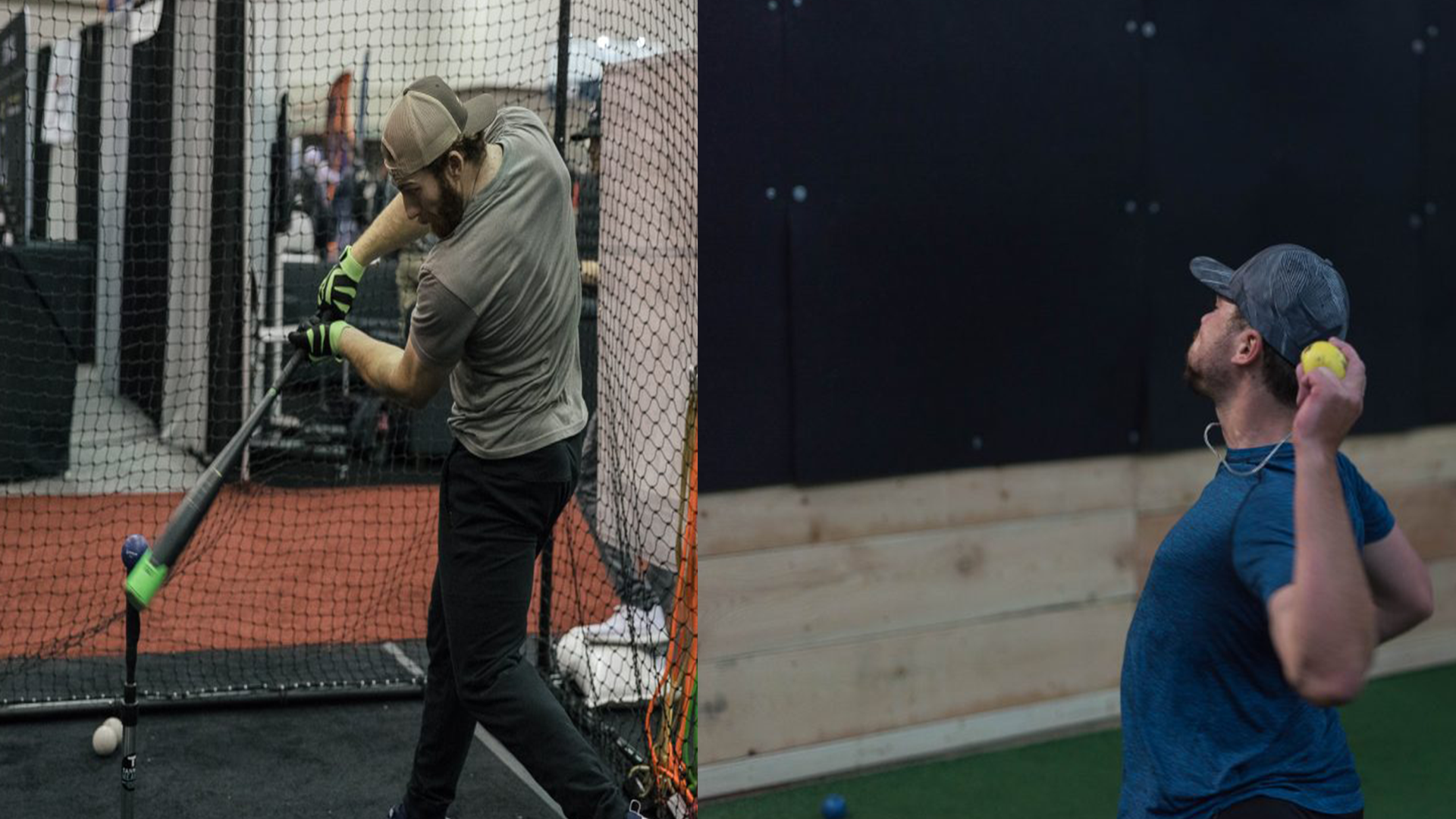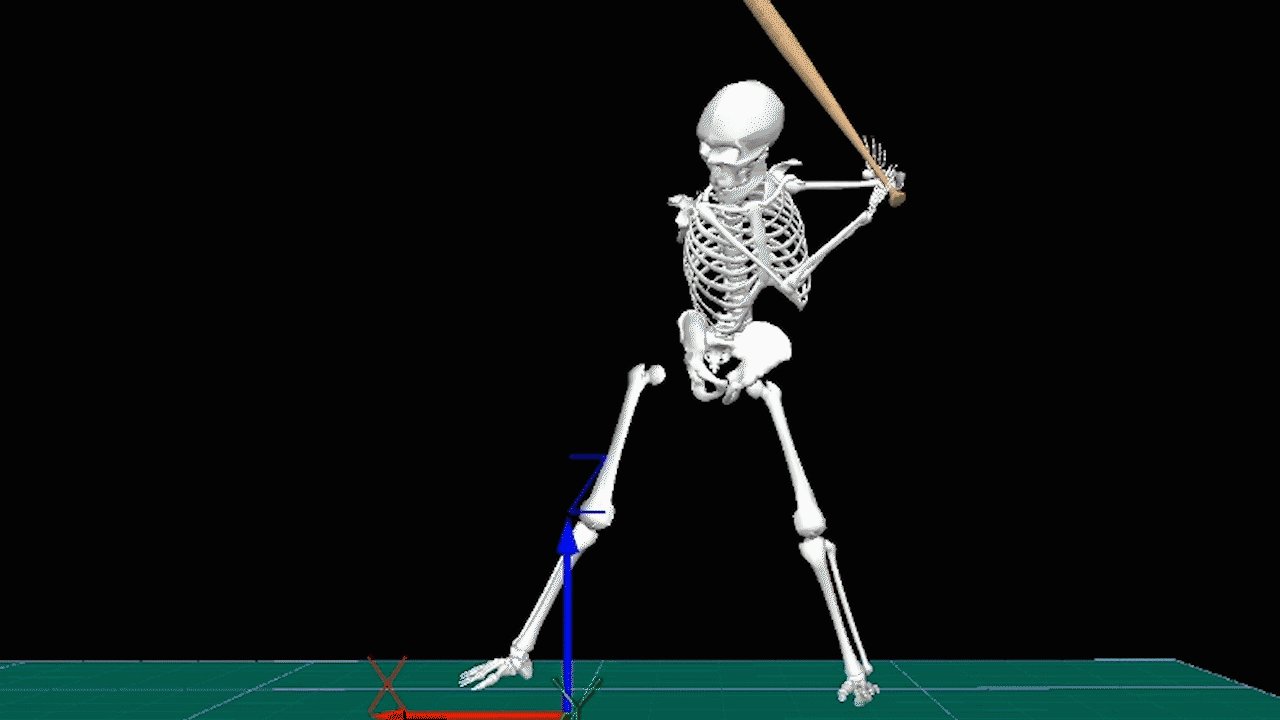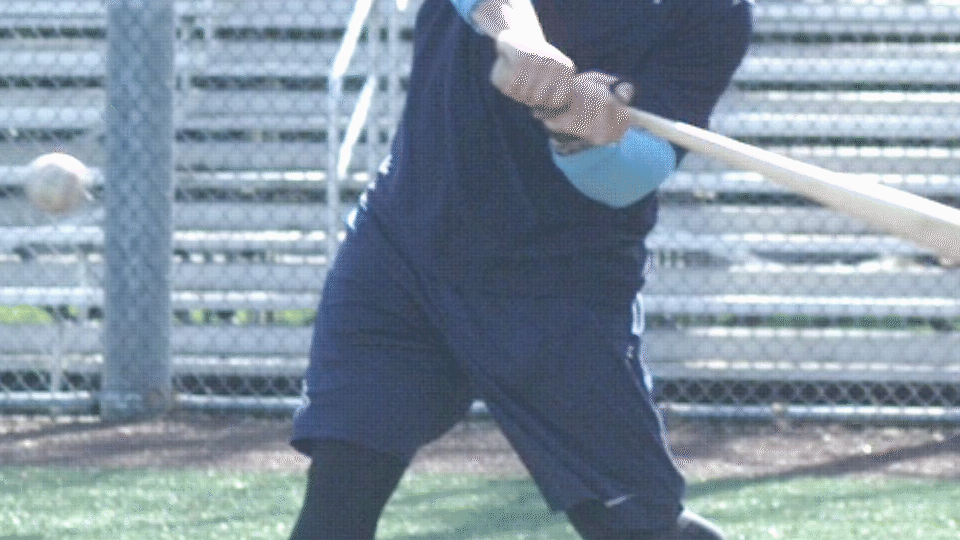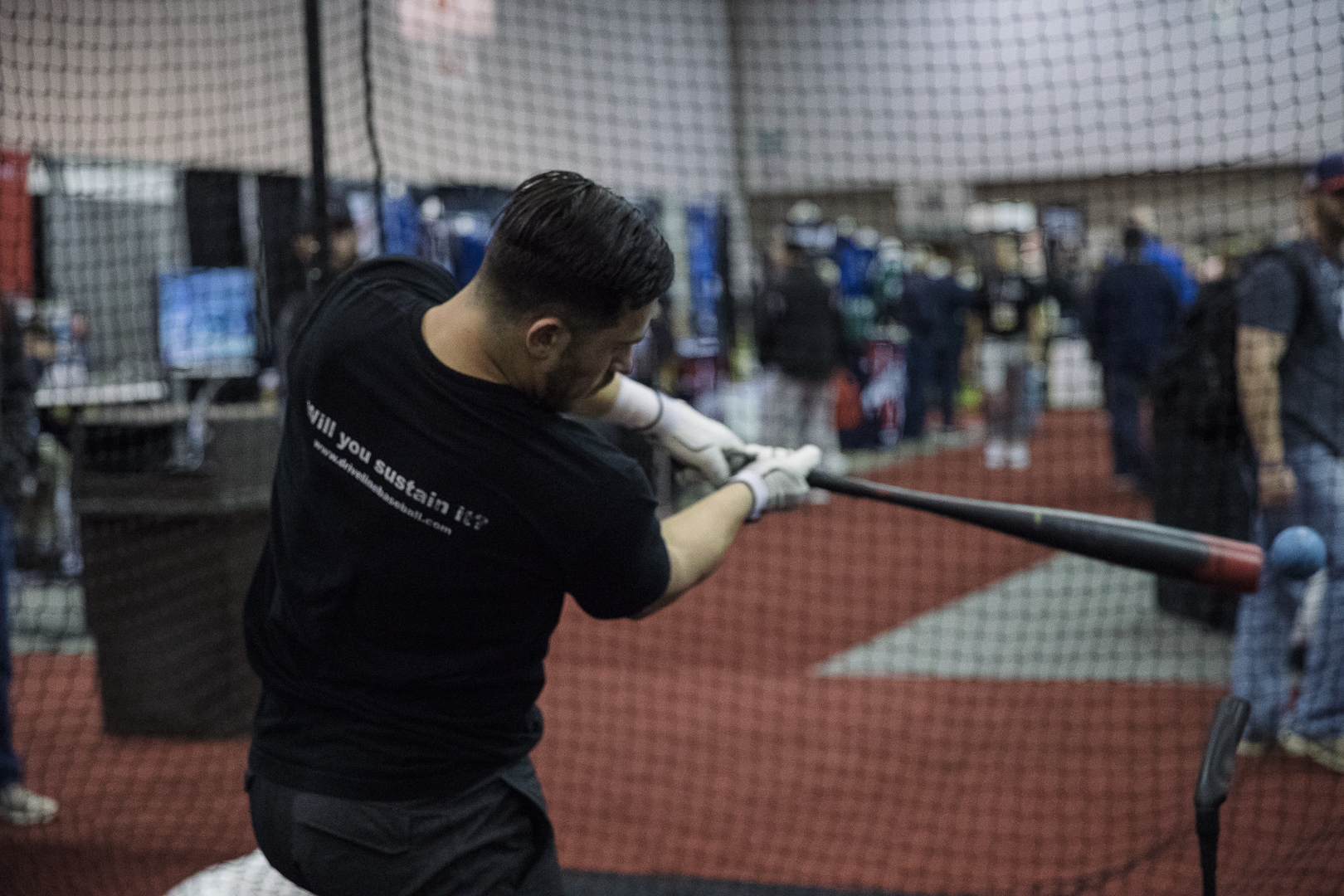Comparing Coaching Philosophies

Our methods for teaching hitting and pitching differ from most. While there are many different styles of coaching, even those who have seen or worked with such variety find that our methods stand out in a number of ways.
We’ve previously discussed various reasons for why we use weighted balls and wrist weights, as well as why we use weighted bats and constraints in hitting.
However, we have not spent much time discussing the underlying philosophical reasons for our methods.
To best, and briefly, show how our coaching is different, let’s break down a comparison by looking at a more common method of coaching compared to some of the philosophies and theories that drove us to think of training in a different way.

Foundations of Hitting
30 modules teaching you everything we know about hitting and hitting mechanics.
Current Coaching Model
Broadly speaking, let’s consider a developmental model of how many coaches in baseball think about teaching hitting and pitching. Although many of them probably don’t mention a specific philosophy, we can see some themes.
Often, coaches select a hitter or pitcher that they personally believe to be an ideal hitter or pitcher. This is usually a very popular and successful professional baseball player.
After this, they first attempt to figure out what pieces of that player’s mechanics are the keys to his or her success. This usually comes from picking up what players say in interviews about their thought processes on training. Second, coaches often analyze mechanics using pictures or videos, which has become increasingly popular. From this, coaches will choose the “big idea” pieces or movements of what they wish to focus training on.

Become the Hitter You Want To Be
Train at Driveline
Lastly, coaches make up drills to funnel their players towards what they believe the “correct” movements to be. This usually comes to form by matching specific positions in the swing or when pitching—for example, “every pitcher has a good balance point” or “points the ball to second base” or “each hitter gets their foot down early.”
Those drills are then repeated until a sort of mechanical perfection is reached. Players’ performance in a game is looped back to practice, where the mechanical pieces that players need to improve are practiced.
This approach is supported by a belief that players have good mechanics when they do well and bad mechanics when they don’t. So, this means that because performance is a mechanical problem, it can be fixed by rote repetition.
Coaches who implement this approach mainly work around the idea of an athletic or a baseball-skill funnel. They see what the best players do, and they take their players from where they are to what the coaches believe is best to do.
On the occasion that they don’t have one idea athlete to model, there is the belief that “all great pitchers/hitters do X or Y.” This can continue to have as many steps as the funnel, as the coaches believes there are absolutes in hitting or pitching.
The last piece of this “mystery baseball coach philosophy” is that they try to get their players to replicate the ideal model by drills and verbal cues, generally with a heavy emphasis on internal cues and feel.

Now, we understand that feel is very important to many athletes. Many successful athletes keep routines not only because they prepare them, but also because they have a more consistent feel each time they perform.
But that can also result in an issue: feel can change day by day. Take a second to imagine what a great batting practice session or a great bullpen felt like. Now, compare that feeling to a day you practice after little sleep or when you were sore from lifting.
While the task did not change between those events, the feel did.
Taking a Step Back
This coaching model is probably the most common. Unfortunately, there are a few flaws with how it scales with a large number of athletes. Mainly, it can dismiss certain strengths that athletes have in an attempt to box them into certain movements.
Good theories are not improved by piling up more evidence in support. However, seeing what evidence does and does not support the theory boxes it in and gives better perspective. This makes it so that the theories either become more accurate or needs to be dismissed.
The problem with the coaching model we mentioned above is that coaches almost always solely focus on narrowing down support, rather than looking for exceptions or evidence to the contrary. This leaves holes in any analysis.
All coaching philosophies that are based on the replication of one athlete’s movements have series flaws.
While this doesn’t dismiss the fact that high-level players likely share similar principles, they are most likely much more broad than what’s currently discussed. Plus, trying to narrow down movements to very specific checklists leaves little room for variability.
Taking a Piece From Dynamic Systems Theory
Now that we’ve discussed one of those common approaches, this is where we can take something from dynamic systems theory (DST).
If we quickly take a big picture look, dynamical systems perspective says that human movement consists of a highly intricate network of co-dependent sub-systems (e.g. respiratory, circulatory, nervous, skeletomuscular, perceptual) composed of many interactive parts (e.g. blood cells, oxygen molecules, muscle).
Whew, that’s a lot to take in. Let’s try another way to think of this definition: everything matters, and everything is a piece of the puzzle of athlete performance.
Performance isn’t a top down mechanical only ‘problem’ but something that have multiple variables to attend too.
To us, this can be first reframed in simpler terms as a comparison to the older school coaching model. We should acknowledgement that both problems keeping athletes from improving and solutions helping athletes to improve can come from many different areas.
DST isn’t cut and dry, but it offers a framework where multiple variables can affect a player.
There isn’t one mechanical model to box athletes into. There are multiple ways that coaches can go about improving an athlete’s movement besides directly coaching it.
The human body is a complex system with different aspects interwoven with one another.
This means that when trying to improve an athlete’s performance, the discussion shouldn’t focus only on mechanics; it should also focus on how mechanics play a role intertwined with mobility, strength, and other factors.

This differs from the older coaching model mentioned above, where athletic improvement comes from mechanical fixes and poor performance also comes from mechanical issues.
Now, for the sake of comparison, we can simplify things a little. Let’s consider three scenarios where we can take a multivariable approach to improving an athlete’s performance. For this, let’s simplify the variables to mechanics, strength, mobility and psych.
- Player one: A college athlete who hasn’t lifted much before, throws 82 mph as a freshman, and is underweight.
- Player two: An athlete coming off an injury and has just finished his return to a throwing program.
- Player three: A hitter who has some good swing metrics, like swing path, but low measurables, and a below-average exit velocity.
Note: The changes in the graphic do not represent changing importance or intent in each variable but the focus of each may change to meet a goal. These adjustments in programming are also made with workload management in mind.
This is where we can see how we are moving beyond a mechanics solution by looking at many factors and trying to address them accordingly.
We should also say that there is significantly more to cover on dynamical systems theory in many areas, but for an introduction of how it may relate to baseball, this should remain simple. We need to start looking at multiple causes and solutions rather than seeing everything through a mechanical lens.
Putting it Together
We admit that trying to move to a system that considers more variables for improving player performance can be daunting.
It can take a lot of time to learn a lot about one domain, so it’s natural to feel overwhelmed by the need to know a lot about multiple domains. However, it mostly takes time, effort, and desire to learn.
This is also where we can do better at breaking down silos among different groups in order to better work together: coaches, strength coaches, physical therapists, etc. We’ve mentioned before that good team communication is vital to success. We see our throwing trainers, strength trainers, and physical therapists discussing issues on players every day.
So, while it would certainly help to be knowledgeable about all these topics, in the meantime we can encourage more collaboration between people of different backgrounds to work with players.
This is why we closely integrate hitting and pitching movement, strength, and mobility, among others. They all have a stake in a player’s success and should be on the same page of what an athlete’s strengths and needs are to see where he needs to grow.
Train at Driveline
Interested in training with us? Both in-gym and remote options are available!
- Athlete Questionnaire: Fill out with this link
- Email: [email protected]
- Phone: 425-523-4030
Comment section
Add a Comment
You must be logged in to post a comment.
goofy -
I definitely do not believe “old school” philosophy dismissed other important factors in performance. Mechanics is probably the least important factor for professional athletes… however, for amateurs/ and aspiring professionals it is the foundation from which you build strength, mobility, timing, and mental aptitude. No one seriously believes the two box model you are describing above… love your stuff but your differentiation pitch has to be more credible.
MICHAEL O'CONNELL -
Thanks for reading. We would disagree with your statement that “Mechanics…is the foundation from which you build strength, mobility…”. In our eyes the opposite is true.
Building strength in the weight room and working on targeted mobility feeds into pitching mechanics. Working on mechanics alone doesn’t measurable change strength and mobility in the same way.
Lastly, the comparison was purposefully broad in both the mechanics and multi-variable model to make a point. The point being movement (pitching mechanics) needs to be integrated with strength & mobility as well as other factors.